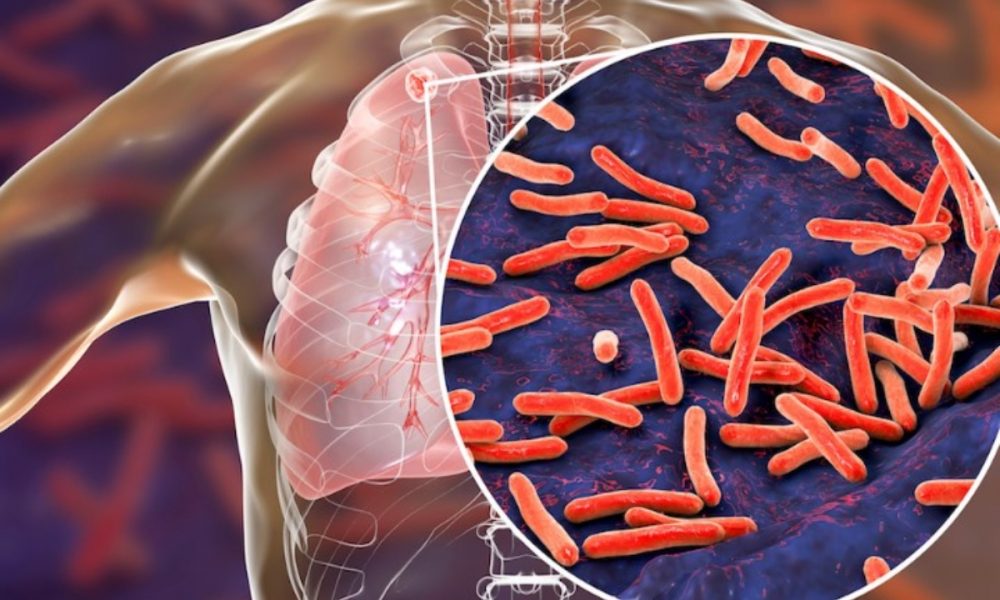
The Modern Fight against Tuberculosis
Tuberculosis (TB) has plagued humanity for centuries, causing immense suffering and claiming countless lives. However, in recent decades, significant progress has been made in the fight against this infectious disease. Through advancements in research, diagnostic tools, and treatment strategies, the modern world is better equipped to combat tuberculosis. In this blog post, we will explore the ongoing battle against TB, highlighting the key developments that are shaping the fight against this global health threat.
Understanding Tuberculosis:
Tuberculosis is caused by Mycobacterium tuberculosis, a bacterium that primarily affects the lungs but can also target other parts of the body. It spreads through the air when an infected individual coughs or sneezes, making it highly contagious. TB can cause severe symptoms, such as persistent cough, chest pain, fatigue, weight loss, and fever.
Progress in Tuberculosis Control:
Improved Diagnostic Tools:
Timely and accurate diagnosis is crucial for effective TB control. Modern diagnostic techniques, such as nucleic acid amplification tests (NAATs) and rapid molecular assays, have revolutionized TB detection. These methods provide faster and more reliable results, allowing for early initiation of treatment and reducing the risk of transmission.
Expanded Access to Treatment:
Access to effective treatment is essential in combating TB. Directly observed treatment, short-course (DOTS) strategy has been instrumental in ensuring that patients receive the appropriate medication under supervision. Furthermore, the introduction of fixed-dose combination drugs has simplified treatment regimens, improving adherence and reducing the development of drug-resistant TB.
Drug-Resistant TB Management:
Multidrug-resistant tuberculosis (MDR-TB) and extensively drug-resistant tuberculosis (XDR-TB) pose significant challenges due to their resistance to multiple antibiotics. However, new drugs, such as bedaquiline and delamanid, have been developed specifically for treating drug-resistant strains. These medications offer hope for patients with resistant TB and contribute to reducing the spread of drug-resistant strains.
Vaccination Efforts:
The Bacillus Calmette-Guérin (BCG) vaccine, developed in the early 20th century, remains the only widely available vaccine against TB. Although it provides partial protection, ongoing research aims to develop more effective vaccines, including subunit vaccines and novel approaches like adjuvants and booster strategies.
Strengthened Public Health Interventions:
TB control requires a comprehensive approach that includes surveillance, contact tracing, infection control measures, and community engagement. By strengthening public health systems, improving healthcare infrastructure, and implementing targeted interventions, countries can effectively manage TB outbreaks and prevent its spread.
Challenges Ahead:
Despite significant progress, several challenges persist in the fight against tuberculosis:
- Tuberculosis and HIV Co-infection: TB-HIV co-infection remains a critical challenge, as HIV weakens the immune system, making individuals more susceptible to TB infection. Coordinated efforts to address both diseases simultaneously are essential for successful control and treatment.
- Stigma and Awareness: TB is often associated with social stigma, hindering individuals from seeking early diagnosis and treatment. Raising awareness and combating misconceptions about TB are crucial in reducing stigma and ensuring access to care.
- Funding and Research: Continued investment in research and development is necessary to develop new and more effective treatments, diagnostics, and vaccines. Adequate funding is also crucial to support public health initiatives and strengthen healthcare systems to address the challenges posed by TB.
Conclusion:
The fight against tuberculosis has entered a new era of hope and progress. Through improved diagnostic tools, expanded access to treatment, management of drug-resistant strains, vaccination efforts, and strengthened public health interventions, we are moving closer to controlling and eventually eliminating this ancient disease. However, to achieve these goals, we must remain vigilant, address challenges such as TB-HIV co-infection and stigma, and ensure sustained funding and research. By joining forces, we can create a world where tuberculosis is no longer a global health threat, bringing us closer to a healthier and TB-free future for all.



